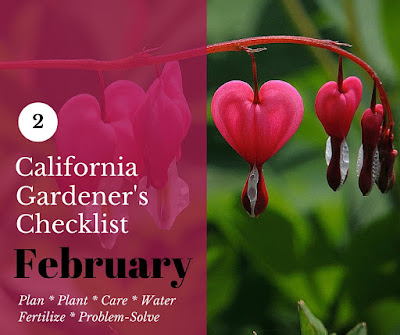I still love writing about gardening but I've come to the conclusion that what I really love is writing books and that's hard to do while blogging at the same time. I've been neglecting this blog too much in the last couple years so I've finally decided that it's time to bring it to a close. I will leave the blog up so anyone can search it or ramble through it as the mood strikes, but I won't be adding any posts after this one.
I will keep writing, though. I have a new ebook, Not-So-Hot Tomatoes: Growing Delicious Tomatoes in Cooler Climates, which will be released on Amazon.com on April 15th and is available for pre-order there now. It will also be available soon in softcover on Amazon and in ebook format on other platforms such as Kobo, Nook, iBooks, and more. And more books will follow, including some garden-related fiction that I'm pretty excited about.
If you want to keep up on what I'm writing or on other gardening news I want to pass on, you can like my Facebook page, California Gardening Books, or follow me on Twitter at @AlamedaGardener. You can also subscribe to my newsletter, Time in the Garden (see the Subscribe button at the end of this post).





